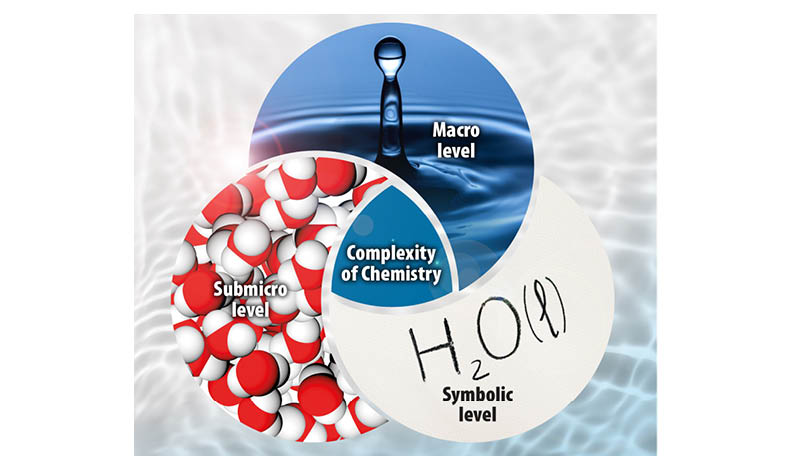Using Eye-Movements to Explain Processing Triple Level of Chemical Information: Systematic Review
DOI:
https://doi.org/10.17344/acsi.2024.9049Abstract
The focus of this systematic literature review was to examine eye-tracking studies in the chemistry classroom and to evaluate the usefulness of eye-tracking in studying students’ learning of complex chemical concepts. The reviewed studies primarily used small samples of students, with undergraduate students being the most studied population, and measured variables such as eye movements, fixation time, pupil dilation, and others. The results show that higher performing students have shorter fixation time and learn better with models, with prior knowledge being an important factor. However, both students rely mainly on the symbolic level of presentations with better performing students being more successful at giving explanations. Problems with the complexity of data analysis were reported in the studies.

Downloads
Published
Issue
Section
License
Copyright (c) 2025 Miha Slapničar, Luka Ribič, Iztok Devetak

This work is licensed under a Creative Commons Attribution 4.0 International License.
Except where otherwise noted, articles in this journal are published under the Creative Commons Attribution 4.0 International License
